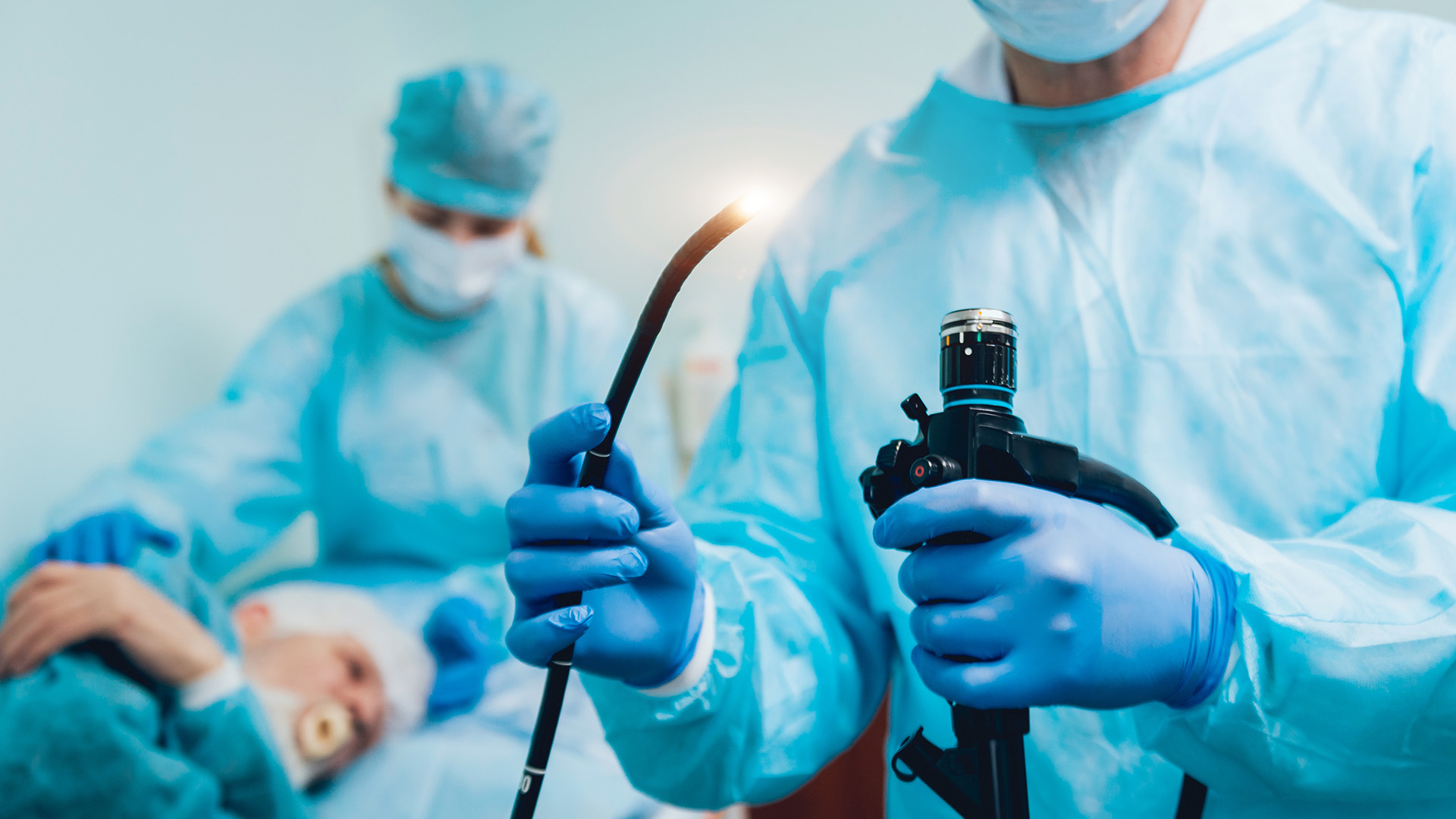Pain in the Vein
By Julie Vargo, Editorial Contributor
When it comes to circulatory system malfunctions, heart health corners the conversation. We feel chest pains and know to head for the nearest ER. Pains in our veins, however, often get ignored. Which makes peripheral artery disease (PAD) all the more dangerous.
Also known as peripheral vascular disease (PVD), PAD occurs when plaque and fatty deposits build up inside the walls of arteries and veins carrying blood from the heart to the legs and feet. The affected vessels narrow, reducing crucial oxygen and nutrients to the body.
“The risk of developing PAD increases with age, affecting one in 20 Americans over age 50,” says Dr. Sumith Aleti, cardiologist and endovascular specialist with Orlando Health Heart & Vascular Institute.
PAD often goes undiagnosed because its symptoms are subtle. “Slow-healing wounds or leg cramps during exercise that stop with rest and reappear again with activity frequently get overlooked by patients,” says Dr. Aleti. “But delaying diagnosis and treatment of PAD can lead to increased risk of coronary artery disease, heart attack, stroke and possible amputation.”
A doctor can diagnose PAD through a physical exam, blood pressure test, ultrasound, blood test or angiography. Treatment focuses on decreasing the plaque build-up in the blood vessels and includes adopting a healthy diet and exercise plan to reduce cholesterol and weight. When these changes aren’t enough, medications or surgery may be recommended.
PAD Symptoms
- Leg cramping, pain, tiredness or numbness
- Slow-healing leg wounds
- Pale, discolored toes
- Shiny skin/hair loss on legs or feet
- Thick, yellow toenails that don’t grow
- Erectile dysfunction
PAD Risk Factors
- High blood pressure
- High cholesterol
- Kidney disease
- Smoking
- Diabetes
- Family history of cardiovascular disease
If you experience any symptoms, call your doctor.









